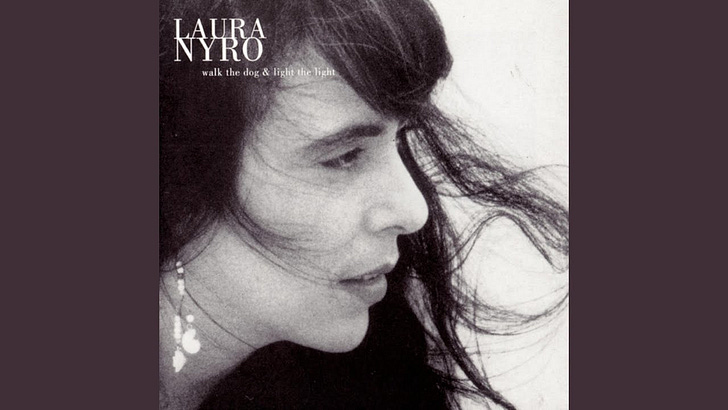When I am old and frail and my memory seems patchy, there is a question that I expect to always be able to answer: What was the name of Laura Nyro's first music publishing company? The answer: Tuna Fish Music. I'm not sure why it is so deeply imprinted in my mind, except that was the time when my primary interest was writing song lyrics, and I was aware of the potency of music publishing. There were business and emotional complications with her manager, David Geffen, who owned half of Nyro's music publishing, and who wanted to launch his Asylum label with her. The sale of Tuna Fish Music gave him money to do it: estimates say Nyro and Geffen split as much as $4.5 million when they sold it to CBS circa 1969. It may have been Geffen's first two million. (An SEC report online shows Geffen selling shares worth a little bit less than that in 1971.)
The money gave Nyro the freedom to control her own artistic destiny, to the point of frequently dropping out altogether.
Nyro was a cult artist w…
Keep reading with a 7-day free trial
Subscribe to Critical Conditions by Wayne Robins to keep reading this post and get 7 days of free access to the full post archives.



